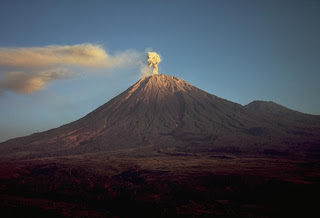Beautiful Beach Widara Payung is a wide beach with a tourist attraction throughout the beach area totaled 500 acres located in the Village District Widarapayung Binangun or located ± 35 km east of the town of Cilacap. Condition is very sloping beach with palm tree lined beaches making it cool. While the area is designated as Tourism Pantai Indah Widarapayung is about 30 ha (1000 mx 300 m).
Existing facilities at Indah Beach Widarapayung: paved roads, shelters (shelter), Sentry Pandang, Swimming Pool, Parking, Public Eating, and Regional Arts. This object offers a panorama of beautiful beaches, traditional ceremonies and art area, a relatively regular sea waves and is suitable for sports Surfing. You can also try Rise Horse combing the beach sand.
In shura done Ritual Ceremony of Traditional Indigenous Land Alms for larungan offerings to the sea, accompanied by the local arts and Traditional Clothes. Alms Earth ceremony is one embodiment of expressions of gratitude made by communities around the Village Widarapayung to be awarded blessings, salvation in a day - day by Gusti kang Maha Agung.
Accessibility:
To reach Pantai Indah Widarapayung very easy to use public transport buses majoring in Cilacap - Gombong or personal vehicle because it is located in the South Cross Road - South. From the east: past the border Kebumen (Beach Father) - Cilacap (Jetis Coast) with a bridge across the Kali Bodo - westward - toward the location on the left side of the road.From the west: from the city of Cilacap - Adipala - eastwards to Kec. Binangun - to reach the location on the right path.












